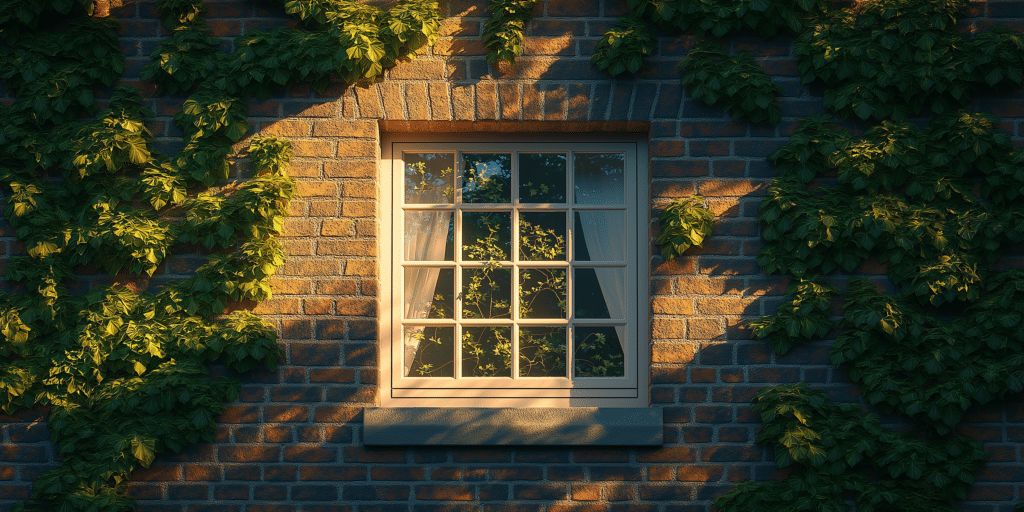Introduction to Sash Pins: What Are They?

Typically, sash pins are made from durable materials such as brass, stainless steel, or high-grade plastic, chosen for their ability to withstand environmental factors and wear over time. Understanding the function and material composition of sash pins is essential for anyone involved in window restoration or maintenance, as they contribute significantly to both the operational efficiency and security of the windows.
Historical Evolution of Sash Pins
The evolution of sash pins mirrors the broader development of sash windows themselves. Originally, sash pins were simple wooden or metal pegs, designed more for practicality than security. As window designs became more sophisticated, so did the pins, with advancements including spring mechanisms and the use of corrosion-resistant materials like brass and stainless steel.
Historically, the design of sash pins significantly influenced the functionality of sash windows, allowing for smoother operation and improved security. Today, modern sash pins are designed to meet higher standards of durability and security, often featuring tamper-proof designs that distinguish them from their traditional counterparts.
Types of Sash Pins and Their Specific Uses
There are several types of sash pins available, each suited to different window designs and user needs. Common types include solid brass pins, stainless steel pins, and plastic variants.
Solid brass pins are often used in historical restorations for their aesthetic appeal and resistance to tarnishing, while stainless steel pins are preferred for their strength and corrosion resistance in modern installations. Plastic pins, although less durable, are cost-effective options for newer, less traditional windows.
Each type is designed with specific applications in mind, whether for securing heavy, double-glazed windows or providing a simple, lightweight solution for modern sash designs.
The Role of Sash Pins in Window Security

Sash pins are fundamental to the security of sash windows, preventing unauthorised opening and securing the sashes in place. Best practices for ensuring secure installation include selecting the appropriate pin type for the window material, ensuring proper alignment during installation, and regularly inspecting the pins for wear or damage.
Compared to other security mechanisms like window locks or security bars, sash pins offer a discrete and effective solution, especially in heritage buildings where maintaining the window’s original appearance is important. Recent advancements in sash pin technology, such as tamper-resistant designs and integrated locking mechanisms, have further enhanced their role in securing sash windows.
Materials Used in Sash Pin Manufacturing
Sash pins are typically made from brass, stainless steel, or plastic, each offering different benefits. Brass is valued for its durability and resistance to corrosion, making it ideal for heritage windows. Stainless steel is stronger and offers superior corrosion resistance, especially in harsh climates. Plastic pins are lightweight and cost-effective but lack the durability of metal options.
The choice of material directly impacts the longevity and performance of the sash window, influencing factors such as ease of operation, security, and resistance to environmental damage.
Sash Pins in Historical Window Restoration
Authentic sash pins are crucial in historical window restoration, as they help maintain the architectural integrity of the building. One of the main challenges in sourcing historical sash pins is finding materials and designs that match the original components.
Modern reproductions, often made from high-quality brass or steel, can be designed to replicate the appearance and function of original sash pins, ensuring historical accuracy while providing modern standards of durability and security. Properly selected and installed sash pins are essential in preserving the operational and aesthetic qualities of historic windows.
Installation Process of Sash Pins

The installation of sash pins involves several key steps: selecting the correct pin type, drilling precise holes in the sash, and ensuring the pins are securely fitted. Incorrect installation can lead to operational issues, such as misalignment or difficulty in opening and closing the window, and can compromise the window’s security.
Recommended tools for installation include a precision drill, measuring tools, and appropriate fixings for the window material. For DIY enthusiasts, it’s important to follow manufacturer guidelines and consider seeking expert advice if needed to ensure proper installation and function.
Maintenance and Replacement of Sash Pins
Regular inspection of sash pins, at least annually, is essential to identify signs of wear and tear, such as corrosion, looseness, or difficulty in operation.
- Visible signs of wear, such as rust or bending, indicate the need for replacement to maintain window security and function.
- Regular cleaning and lubrication are recommended to prolong the lifespan of sash pins, especially in areas exposed to moisture.
- Replacing sash pins involves removing the old pins, checking for damage to the sash itself, and carefully installing new pins according to the manufacturer’s instructions.
Impact of Sash Pins on Window Performance
Sash pins significantly impact the functionality of sash windows by ensuring the sashes remain secure and properly aligned. High-quality sash pins can also contribute to the thermal efficiency of windows by preventing drafts and improving the seal between the sashes.
The ease of window operation is directly affected by the quality of sash pins; well-made pins facilitate smooth movement, while low-quality pins can cause sticking or misalignment. Common issues with faulty sash pins include difficulty in locking the sashes, increased drafts, and potential security risks due to weakened components.
Comparing Sash Pins Across Different Window Styles

Sash pins vary considerably between traditional and modern sash windows, with traditional designs often requiring more aesthetically sensitive and historically accurate components.
Double-hung windows typically require stronger or more complex pin mechanisms to support the additional weight and movement compared to single-hung designs. Wooden sash windows may use brass pins for their traditional look, while uPVC windows often use stainless steel or plastic pins for better compatibility with the frame material.
Choosing the right sash pin involves considering the window’s design, material, and intended use, ensuring that the pins provide both functional and aesthetic benefits.
Innovations in Sash Pin Design and Technology
Recent advancements in sash pin design include tamper-proof mechanisms, corrosion-resistant coatings, and the integration of smart technologies, such as sensors that alert homeowners if the pins are tampered with or improperly installed. Technology has significantly improved the durability and functionality of sash pins, with materials like hardened steel and high-tech polymers offering superior performance.
Smart technologies are playing an increasing role in the evolution of sash pins, with some models now featuring electronic components that enhance security and ease of use. Manufacturers are also focusing on sustainability, using recycled materials and environmentally friendly processes to produce sash pins that meet modern environmental standards.
Final Thoughts: Choosing the Right Sash Pins for Your Project
When selecting sash pins, key factors to consider include the material, design, compatibility with the window style, and the specific needs of the project, such as security requirements or historical accuracy. Ensuring that the sash pins align with your project’s needs involves careful consideration of these factors, as well as consultation with experts if necessary.
Investing in high-quality sash pins offers long-term benefits, including enhanced security, improved window operation, and reduced maintenance costs. Proper selection and installation of sash pins can significantly extend the lifespan of your windows, ensuring they remain functional and aesthetically pleasing for years to come.




